I’m jogging along a path bordering a nature preserve when I see a big dog galloping towards me. I pull to a stop, but an owner waves off my concern. “Don’t worry, he’s just a big teddy bear,” she calls.
I suspect the wintering mule deer that live in the adjacent preserve don’t share this assessment. In fact, I’ve seen numerous “friendly” dogs and “big teddy bears” chasing deer here over the years. The deer often escape, but they burn calories that they need to get them through the winter. For mule deer, harmless pups mean death.
This is a truth that many pet owners seem unwilling to accept. We love our dogs, cats and other pets. Really, really love them. Over the centuries, they’ve transformed from working beasts to cherished family members. The idea that your kitty is unleashing a wave of destruction on the local birds – or that our pet obsession is unleashing a wave of destruction on global wildlife – is heresy.
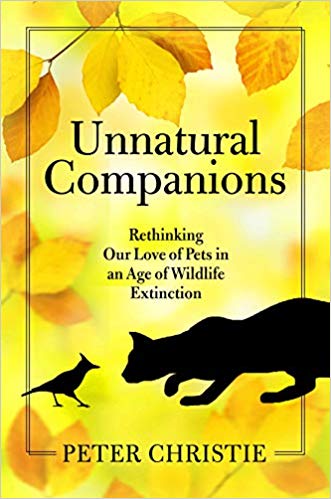
If you love pets, reading Peter Christie’s new book Unnatural Companions: Rethinking Our Love of Pets in an Age of Wildlife Extinction might be like taking the pill in The Matrix. It is a highly compelling and even page-turning read, but it’s not a comforting one. In it, Christie argues that the pet industry is a significant threat to wildlife conservation.
Christie documents a startling array of issues associated with pets: free-roaming dogs and cats killing wildlife, the pet trade depleting wild bird and reptile populations, pet food depleting wild fisheries and increasing meat production and much more.
He talks to an extensive number of researchers and cites numerous peer-reviewed studies, and his conclusion is clear: “[Pet owning] is threatening the very diversity of life…that we’re evolutionarily programmed to cherish.”
If that’s the case, what can pet owners do about it?
The Other Side of Biophilia
Christie’s core message is a provocative one, and based on biologist Edward O. Wilson’s biophilia hypothesis. Wilson has argued that humanity has an innate connection to other creatures, and there’s a need to have other creatures in our lives. Wilson believes that this deep need will ultimately lead humanity to protect and preserve our biodiversity. Biophilia deeply resonates with many conservationists, me most definitely included.
The deep need to connect to other creatures is very real, Christie argues. But what he believes Wilson misses is that this connection doesn’t have to come from wild creatures and the world’s biodiversity. Biophilia doesn’t discriminate between wild and domestic. A tail-wagging beagle or wheel-spinning hamster will do quite nicely, thank you.
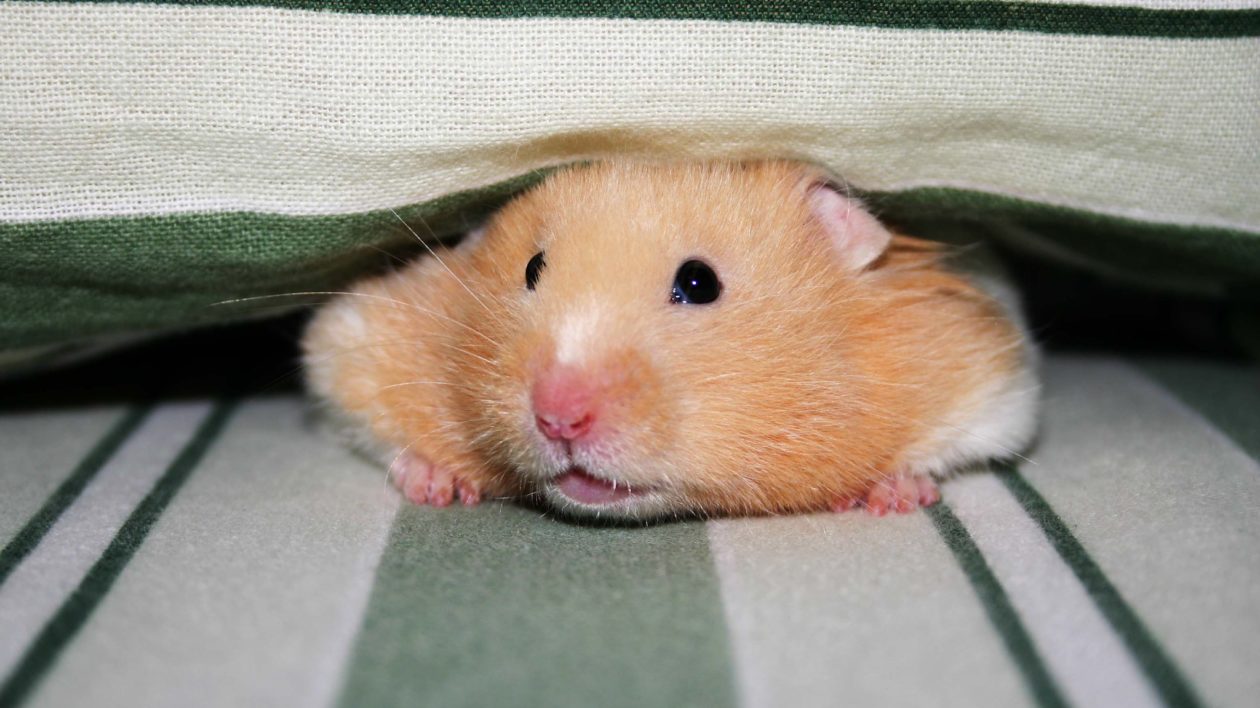
And is there any harm in that? After all, pets offer us numerous well-publicized benefits. Just being around a dog is known to be therapeutic (although, Christie argues, some rigorous studies dispute some of the common claims). A love of a domestic animal builds empathy for other species. Sharing space with another creature shows their intelligence and personality, which can lead to a great appreciation of life.
But there’s a flip side. Pets and the pet industry can have a staggering impact on global biodiversity. And I can already hear the arguments: We can’t worry about stray cats when the world faces so many huge problems. But the reality is, our love of pets often contributes to many of these problems.
Free-roaming or released pets, for instance, are major invasive species around the globe. Cats and dogs are directly responsible for the extinction of 74 species, a toll that places them among the most destructive invasives. Free-ranging cats in the United States are one of the biggest killers of birds out there, far more than publicized threats like windows and wind farms.
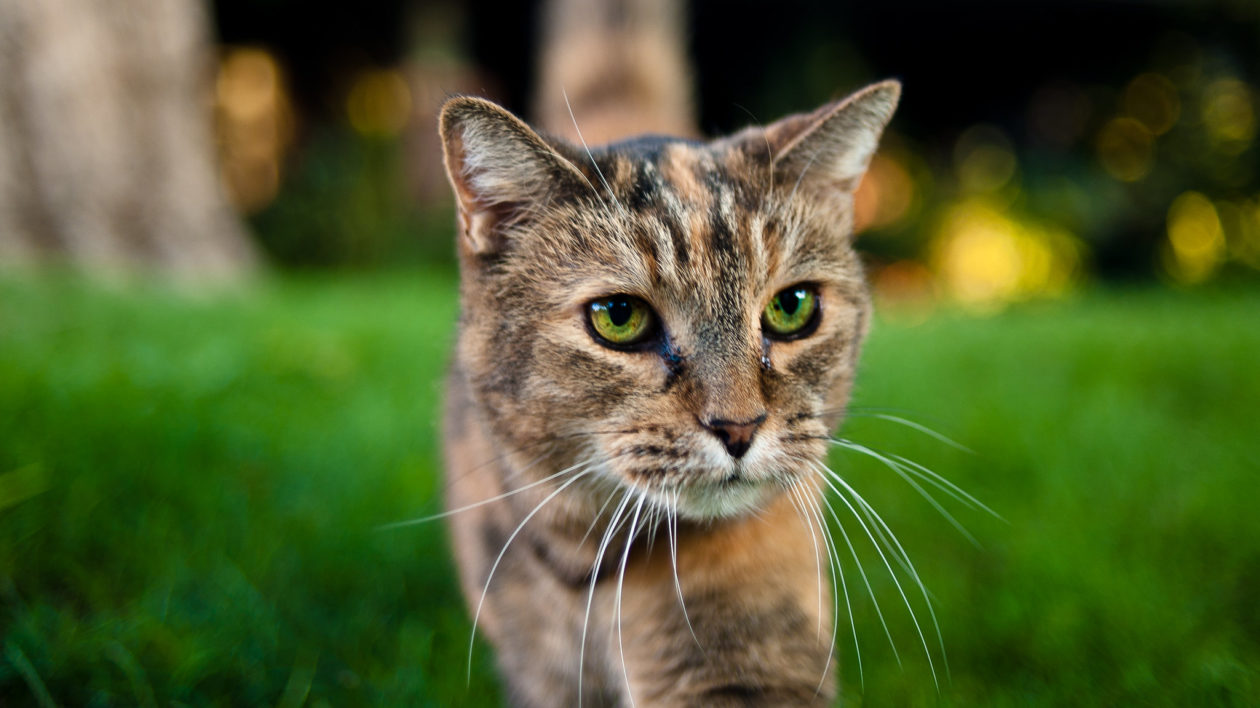
The global trade in exotic wildlife for pets has perhaps had even more serious consequences. The silence of many Southeast Asian forests is because they’re being emptied of wild birds for the pet trade. The chytrid fungus, raging through amphibians globally, was spread primarily via pet frogs and salamanders. The list goes on.
The pet industry even contributes to overfishing and increased meat production. One researcher, with a paper published in the journal PLOS ONE, noted that if dogs and cats were their own country, they would be the world’s fifth largest meat consumer.
Unfortunately, many of these arguments are not what pet owners want to hear. The love of dogs and cats, in particular, seems almost sacred. Several writers and academics have faced lost jobs and even death threats for attempting to address the issue of free-ranging cats.
“An extinction crisis is underway…,” writes Christie. “Our love of pets – a modern incarnation of biophilia’s ancient urge – is its ironic accomplice: as wildlife numbers drop and a million wild species risk vanishing forever, our pet animals accelerate the losses while more than doubling their own numbers in the last half century.”
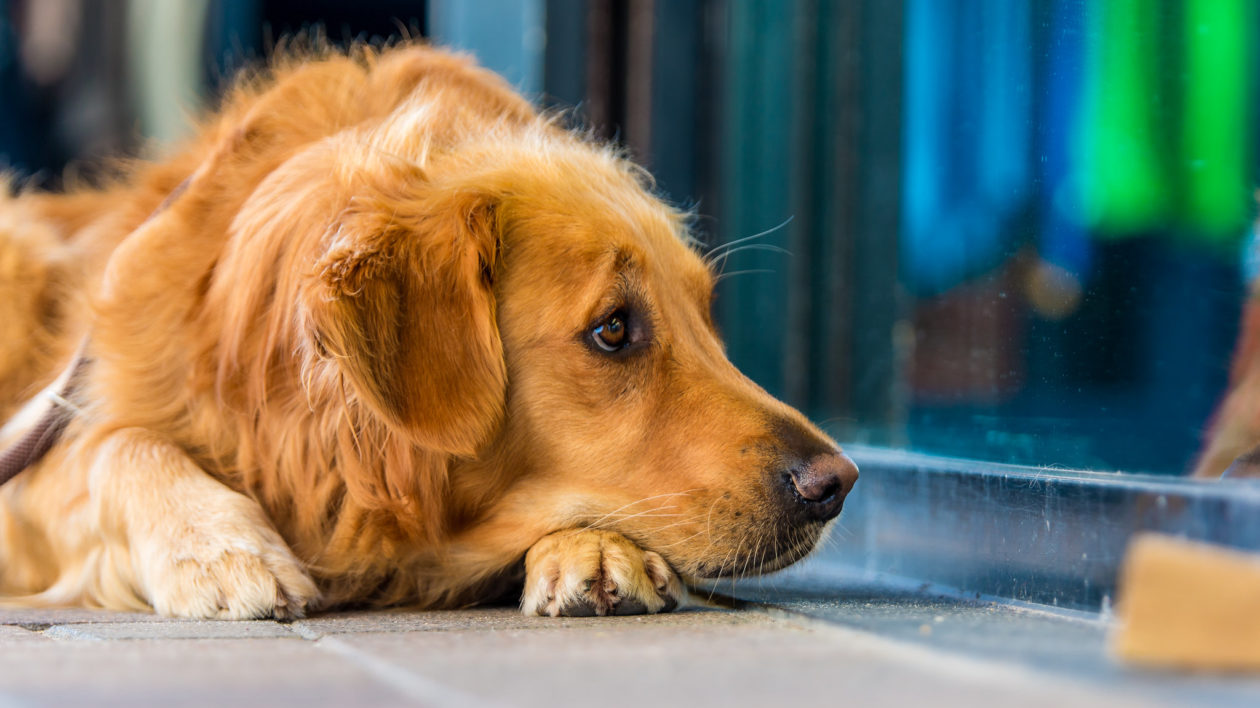
Some Animals Are More Equal Than Others
A love for animals, including pets, is often said to go hand in hand with environmentalism. It sounds good in theory, and it’s true that many environmentalists are also animal lovers. But the reality is that, when it comes to priorities, pets greatly outrank wildlife.
As Christie notes, “we spend more on the pet industry than most nations earn in a year.” People spend exorbitantly on their companion animals, buying gourmet food, daycare services, toys, clothes and even the services of pet fortune tellers. This amounts to an approximately $75 billion a year industry in the United States alone. Compare that to the global expenditure of some $21 billion for the conservation of all wildlife species.
I once wrote a story about research on how the presence of leopards in neighborhoods of Mumbai lowered the risk of rabies. One of the main prey species for the leopards was feral dogs. Fewer feral dogs meant fewer cases of rabies, thus meaning that a neighborhood leopard saved human lives.
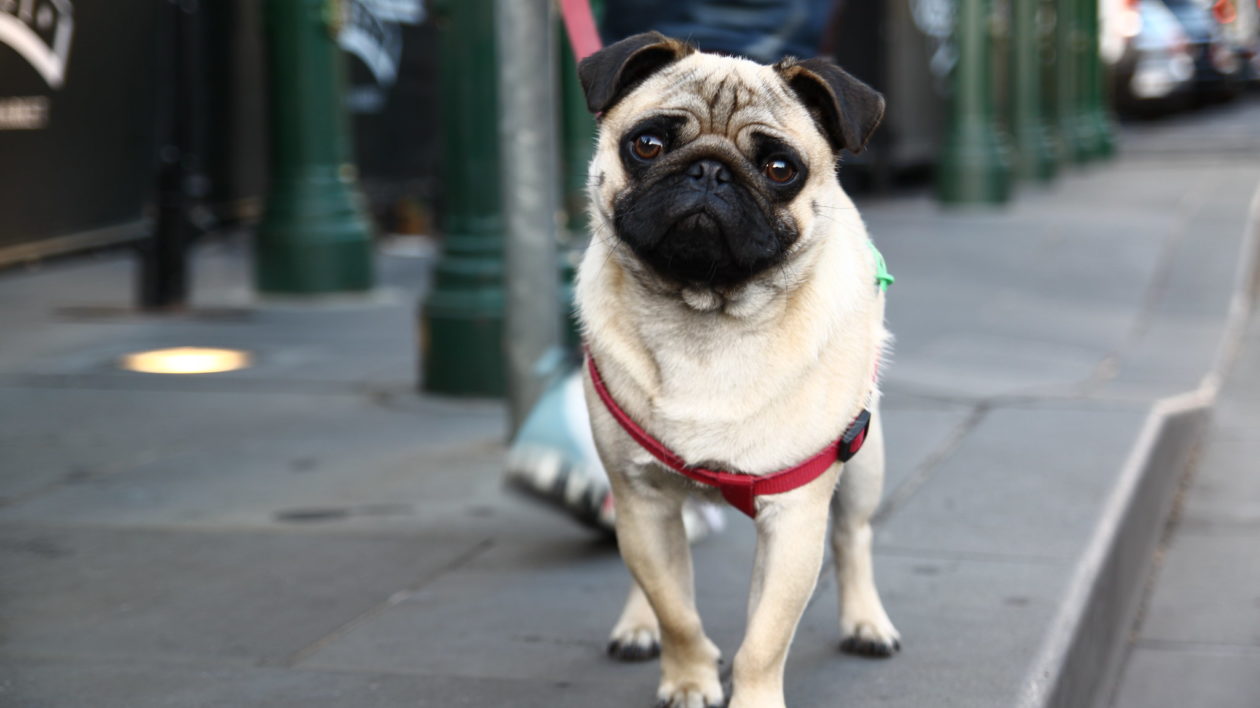
As a naturalist and advocate for large predator conservation, I found it one of the most fascinating stories I ever wrote. Many readers felt otherwise. I received numerous distraught social media comments and even hate mail suggesting I was heartless for writing about the death of “innocent dogs.”
Several well-meaning correspondents implored conservation organizations to launch rescue missions to save India’s feral dogs from “cruel deaths.” They suggested, seriously, that we capture the dogs and find homes for them, even though my article noted that India has some 30 million feral dogs. The cost of “saving” them could be put towards saving endangered tigers and leopards.
But that didn’t seem to cross the dog lovers’ minds. In fact, none of them expressed any concern over the fate of the leopards. Even more disturbingly, none of these commenters seemed bothered by the fact that rabies from feral dogs claim 20,000 human lives in India each year.
Our love for pets brings to mind the famous line from Animal Farm: “All animals are created equal, but some animals are more equal than others.”
Our pets outrank the millions of other species that roam the planet. But, Christie argues, it doesn’t have to be that way.
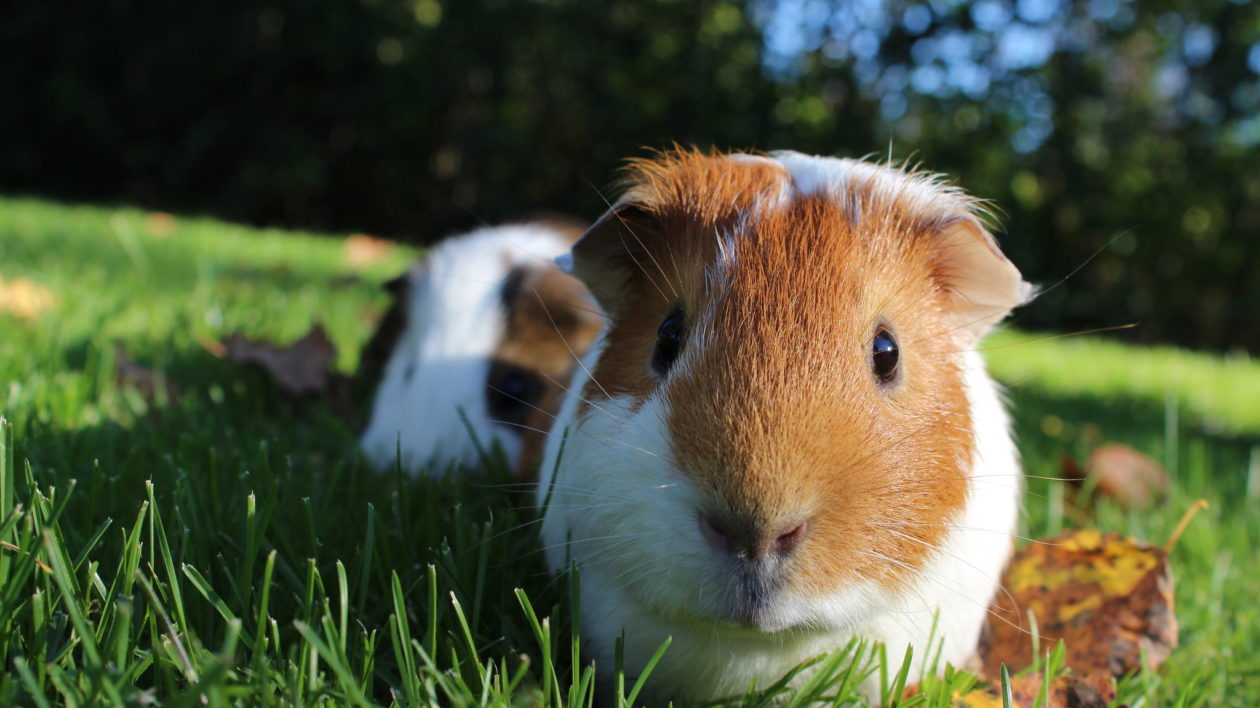
A Future for Pets…and Wildlife
I was relieved that Christie made his case without arguing that people shouldn’t own pets. He is a happy dog owner, and notes that his pet kept him company as he was writing this book. It is too easy for environmentalists to villainize people’s deeply held values. It is moralizing but does not change any minds or hearts.
People have had pets for a long time. Several recent books, like Pat Shipman’s excellent work The Invaders, argue that our early and close relationship with dogs allowed us to colonize the world and made us who we are. That deep relationship isn’t going away, nor should it, Christie argues.
However, changing some pet-owning practices would be good for us and for the planet. There is no reason to let your cat roam outside. There are endangered birds and reptiles that should not be owned, period. Identifying disease risk is essential before moving critters around the globe.
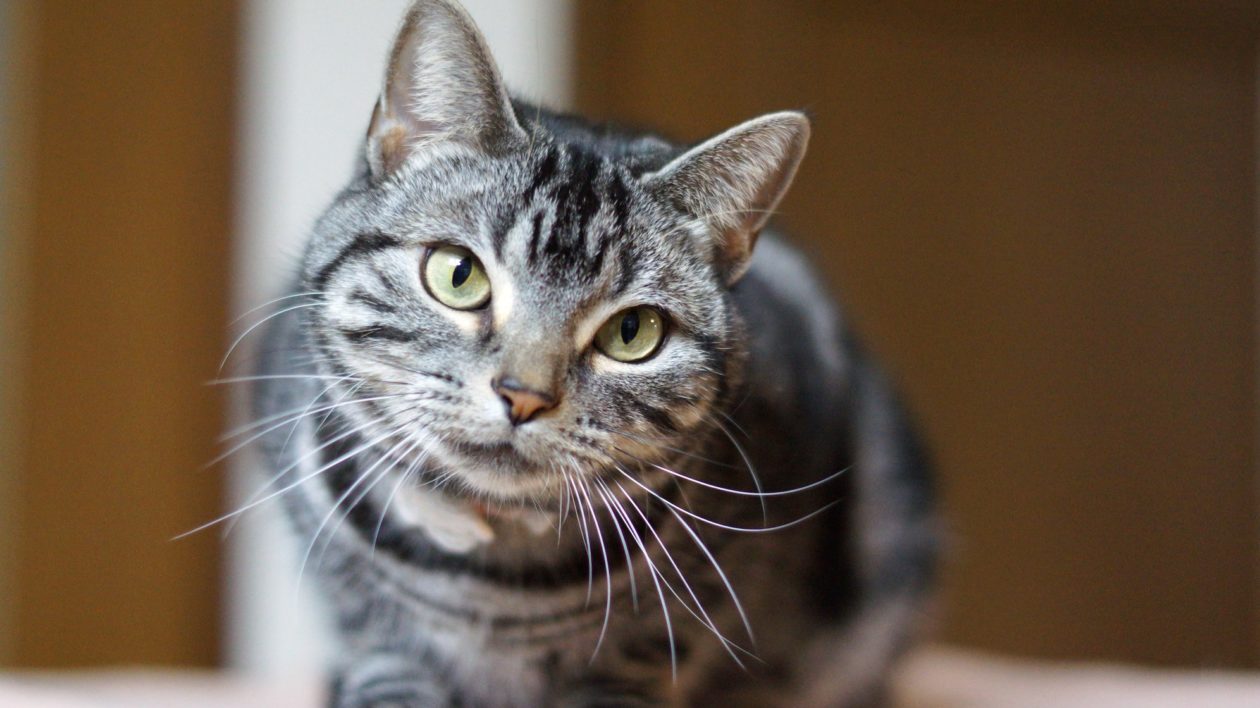
And, Christie hopes, perhaps pet owners can harness their love of animals to protect the beautiful diversity of the globe before it’s too late. After all, pet owners represent one of the largest interest groups out there. Harnessing their innate connection to other creatures could make a difference.
I hope pet-owning conservationists read this important book with an open mind. Think about Christie’s ideas before sending him (or me) nasty emails. I recognize that conservationists love their pets, too. I know dogs figure prominently in the hearts of many of my Nature Conservancy colleagues – and roam their offices.
But to address conservation issues is to know them. And sometimes, that dog that “wouldn’t hurt a flea” does far worse. Let’s see clearly, and work for a better future, one where our love of pets doesn’t come at a cost to the planet’s wildlife.
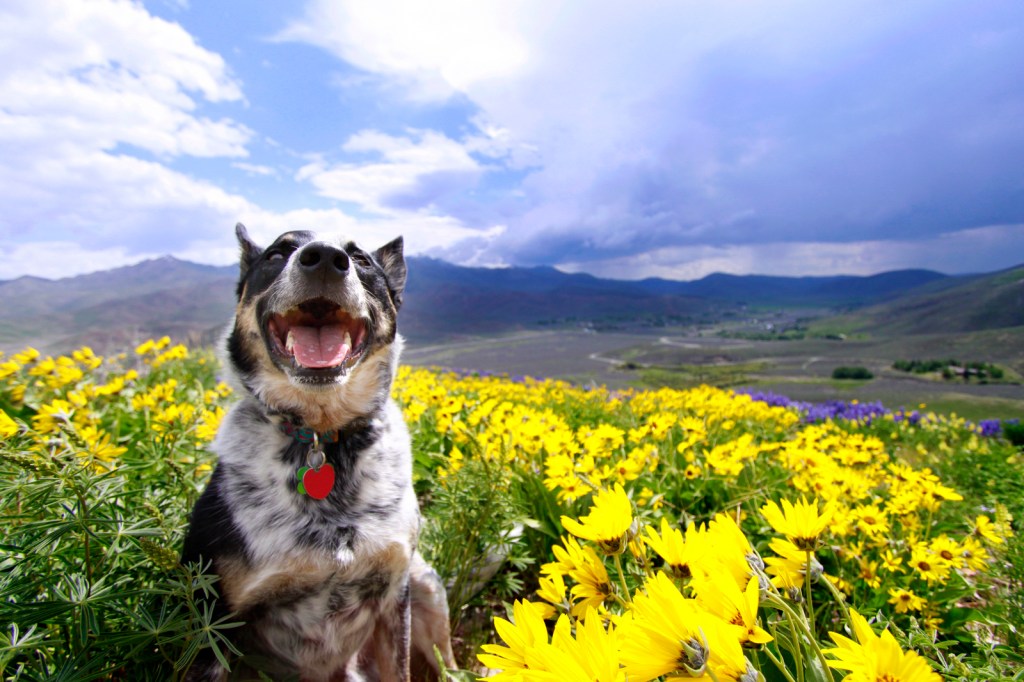



Wow i undarstand but im living with the cutiest lil shrew as hes eating my curtains an licking his whiskers like im desert….
Its not going to happen both owners of cats and dogs are on the increase and their owners would rather see the extinction of birds and other animals rather than restrict or get rid of their dogs and cats. Our country is now infested with them and they will continue to destroy our wildlife and pollute the environment until the time comes when we human beings also face extinction. Regards Phil Hetherington
I’ve been making a deal with my cat that any time I buy food for him at the grocery store, on that outing I won’t buy meat for myself (I am an omnivore, but I eat vegetarian at least as much as meat). It sort of makes sense to me, and he can stay until he’s very old, way past the 17 years he is at the moment. But yes, I fully understand the bind we’ve placed ourselves in here.
Great article, Matt – thank you for raising this important (and sensitive) topic.
Thanks for covering this Matt. Such an important yet overlooked topic.
Very important information and essential for having a balanced planet!
Thanks for sharing this wonderful piece of work. Its very interesting. On my point of view, i love pets very much and the reason is because of the unconditional love i get from my pet.
Thanks for your article. Regarding the small paragraph that starts out “many of these arguments are not what pet owners want to hear”, between the cat with the green eyes and the Golden Retriever, “Another very good boy”, reminded me of something I recently took on that is not turning out the way I want it to.
I took on the animal testing or animal experimentation industry with a well known organization that emails me things I can do to try and stop it, Good Luck With That!!
The graphic descriptions and pictures with or within the petitions they send me is becoming to much for me to handle. I dont like seeing or reading about that anyway but, I was watching a YouTube video and a commercial with that subject matter came on and it pissed me off so, I said I am going to do something about this. Well, it seems to have back fired and I don’t want to see or read about it any more. I don’t know what to do about this predicament? Confused and lost in Palm Desert. Best…
I am a pet addict but my primary love is wildlife and habitat. However children are the ultimate pet and I don’t have those. I guess I think of it as a balance.
I am a pet lover. My dogs and cats are family members, but I take a different view of leopards eating
feral dogs. I say less feral dogs can mean healthier Leopards and also healthier feral dogs. In this case it
it’s too few so some and too many of another and natures balancing act will hopfully still work.
Many thanks for bringing this issue before those of us who love our pets, but haven’t necessarily understood our impact on biodiversity around the world because of them! You’ve made me rethink my position on TNR (trap/neuter/release) of cats, and having pets that eat meat. Reality is sometimes painful, but understanding it is always, in the long run, good. Maybe spayed and neutered rabbits, who are currently the third most popular “pet” in the U.S. should become more popular–they’re highly intelligent (see https://www.youtube.com/watch?v=3k3f4B0I0MA showing a rabbit running an obstacle course, for example) and wonderfully entertaining in the home (with a little rabbit-proofing), and they DON’T eat other animals!
Now THAT is amazing! We (my kids when they were younger) & I had rabbits over the years & one of mine spent time in the house but had no idea there was such a thing as agility for rabbits. Really fascinating watching them. Thanks, Nancy
Also by the way agree with Matt – my cats have always been inside cats – and my dogs either on aleash
or on a run. Letting dogs run loose here – possibly chasing deer – can be fatal!
Seems to me that there is an argument here for birdwatching as the best way to meet our Biophilia needs, or perhaps catch-and-release fishing.